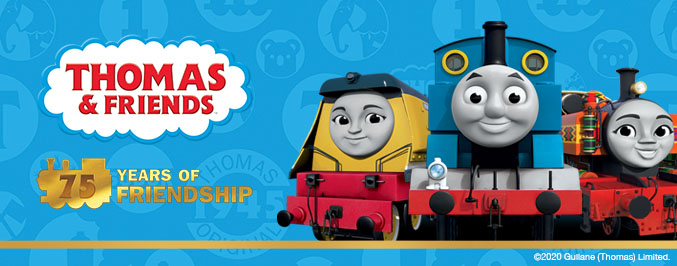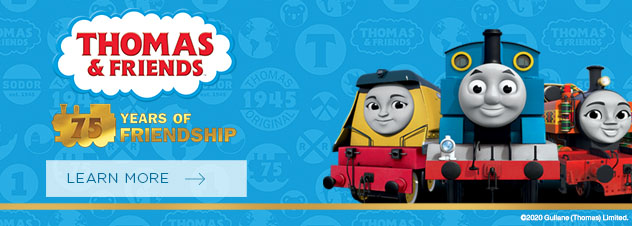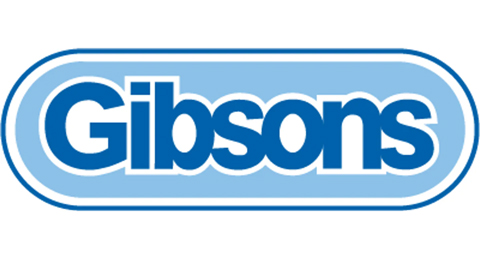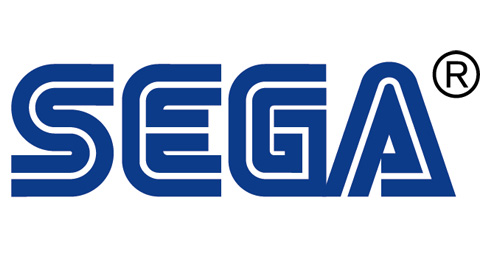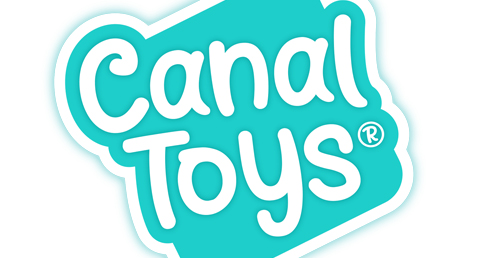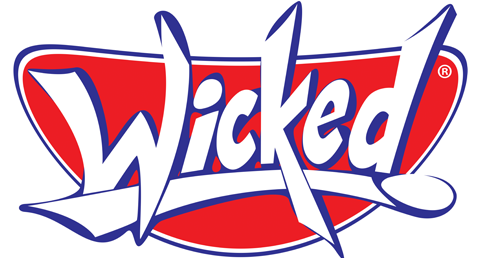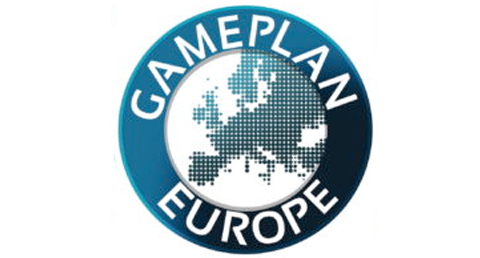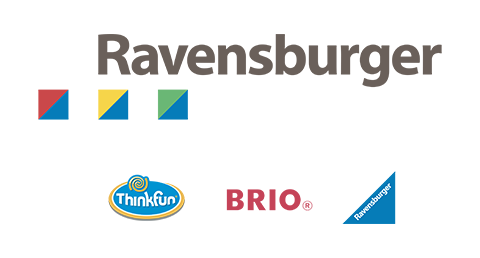If any of you have ever seen the marvellous, edgy puppet musical Avenue Q, you will know what the sweary puppets think the internet is good for (and if you haven’t, you can always google it…). During lockdown, the toy industry has found another very good use for the internet – selling toys.
I appreciate that I have been harsh on some facets of the online sales channel before, and many of my long-term misgivings remain. However, over the past nine weeks it has been a literal lifesaver for the toy industry. It has allowed many independent stores to continue trading by taking online orders for delivery, while its contribution to UK toy sales during the pandemic has been nothing short of remarkable.
When we were told that all non-essential stores were being ordered to close for an indefinite length of time, I am sure that many in the toy community feared the worst. And yet, UK toy sales have actually risen over this period. If you subscribe to NPD, you will already know this. If you don’t, an exclusive article written for the June issue of Toy World (which you’ll be seeing in around a weeks’ time) will elaborate further: I won’t spoil it by revealing too much detail at this stage, but suffice to say that while volume sales have declined, all-important value sales are up. Incidentally, I am not sure whether this week’s ONS report got its wires crossed when it said that the price of toys and games has been rising in March: selling higher ticket toys is not quite the same as the price of all toys increasing.
But I digress – back to the NPD piece, which I won’t lie, I was quite taken aback by when I first read. I appreciate that April and May toy sales are not traditionally massive, but even so, the fact the market has increased while most physical stores have been closed seemed rather counter-intuitive. And those sales haven’t been driven by grocers, as many initially anticipated might happen; Asda announced this week that while sales have risen overall, general merchandise sales have fallen. This echoes a similar statement from Sainsbury’s a couple of weeks ago. No, it seems that the strong performance has been driven by two retailers, both beginning with the letter ‘A’. Thank heavens for that – unlike other consumer markets (the summer clothing business must be facing total carnage), it appears that the UK toy industry has dodged a massive bullet thus far.
And while no-one is pretending the next phase will be easy or straightforward, we are finally beginning to see some green shoots. Both The Entertainer and Smyths have re-opened a sizeable chunk of their store estates for click and collect orders this week, as a pre-cursor to a full re-opening over the coming weeks. I am sure that both operations will have taken full advantage of online trading opportunities during lockdown – indeed, The Entertainer has increased its online turnover five- fold versus the same period last year, one of many fascinating insights which emerged during an exclusive, in-depth interview with Gary Grant, which you can also read in our June issue (if you read anything to the contrary in a recent article in The Guardian, that’s because it got its wires badly crossed).
However, despite the vital lifeline which online sales has provided, I am sure that The Entertainer, Smyths and all other specialist toy retailers will welcome the opportunity to trade from stores once more – albeit in a rather different way than they are used to. This week, we’ve seen shopping centre owners announce the measures which are being put in place to facilitate re-opening, while it is anticipated that most high street toy stores will be open to the public within the next few weeks.
Now comes the next big challenge – how to entice shoppers back to stores when it is undeniably safer to continue to shop from the comfort of our front rooms. Someone forwarded me an email newsletter from Mary Portas’ organisation this week: Mary exhibits a genuine passion for the retail channel and has some interesting thoughts on how it can reinvent itself in a post-covid world. I tend to agree with Mary, if all you can put in the positive column of the new shopping experience is ‘health and safety, hygiene and practicality’, is that going to be enough to persuade people to venture out for non-essential purchases? None of us is that desperate to follow floor arrows around a store like some post-apocalyptic trail of disappointment.
I am sure some of Mary’s ideas would translate well to the toy retail environment: I particularly liked the suggestion of keeping the queue outside the store entertained and engaged – turning tedium and frustration into an experience and potentially even a sales and marketing opportunity. I’ve seen examples of this previously, when stores have sent staff out to ‘work the queue’ by demonstrating a selection of toys and novelties. Not only a chance to show off the latest products, but an opportunity to show those customers how welcome they are. To paraphrase Steve Harley, ‘Come in and seem me, make me smile’. It may even give stores the opportunity to boost impulse sales, something I am sure that many toy retailers are concerned about in the post-covid world.
Undoubtedly, experiential activities and retail theatre are going to be a lot harder to execute in the short term, and it is going to test the creativity of retailers to the max. But if retailers can find a way to turn a colder, more sterile environment into the fun-filled experience traditionally associated with toy stores, it is surely going to be a big plus. Atmosphere, personality and connection are going to be just as valuable as they ever were -retailers are just going to need to be a little more creative in how they deliver the magic (while wearing face masks and brandishing a disinfectant spray).
Let’s be positive – after nine weeks which has at times seemed like nine months, there is finally light at the end of the tunnel. Many categories have surpassed themselves over the past couple of months, taking on the task of ‘heavy lifting’ for the whole toy market. And toy companies can now emerge from their cocoons and start looking at how to support retailers and drive sales during the next phase. There is plenty of evidence of that in our June issue, and I’m sure there will be lots more to come in subsequent issues. Hopefully the second half of the year is going to carry on surprising us, just as the first half has.




